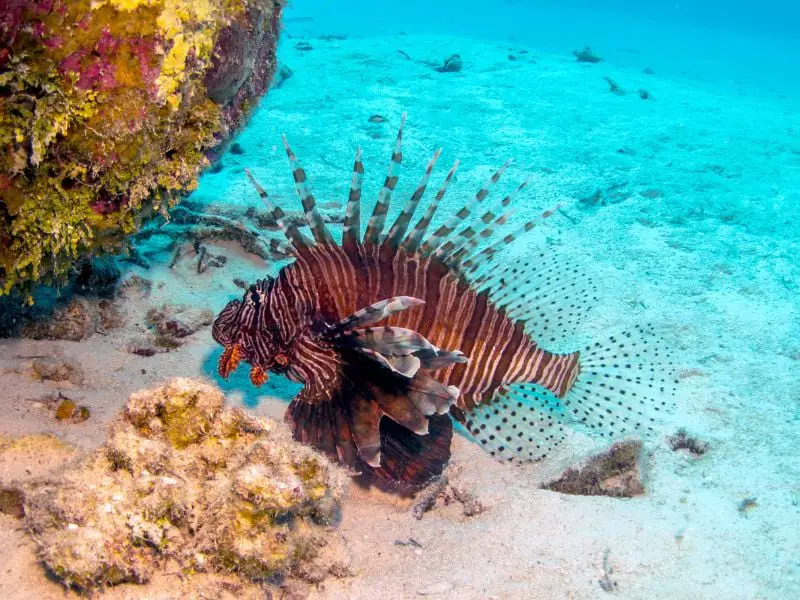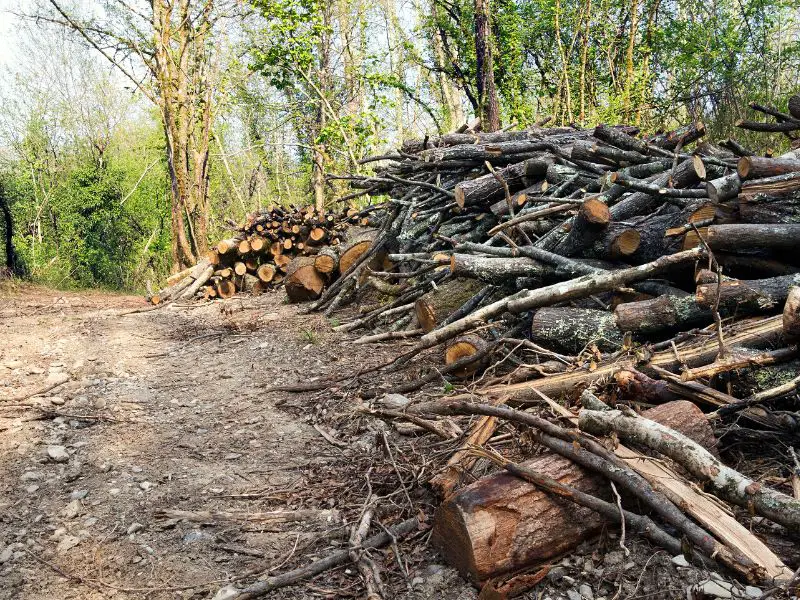Well-functioning ecosystems are essential to healthy communities. In addition to providing clean air and fresh water, they also provide medicines and food security.
Additionally, they keep the climate stable and limit disease. Biodiversity loss is taking place at an unprecedented rate, which significantly impacts human health globally, according to a report jointly published by the Convention on Biological Diversity (CBD) and the World Health Organization (WHO).

The Importance of Biodiversity
Diversity is how much life there is on earth or energy in a given area.
There is great importance in preserving as many species as possible for the benefit of humans and other species of animals. To meet our basic needs, certain species play an essential role. For example:
- Food and clothing come from animals and plants.
- Pollination and pest control are two crucial functions of insects in agriculture.
- Plants produce the oxygen we breathe and are the source of many medicines.
- Microorganisms handle waste products and recycle nutrients.
Our natural world comprises millions of species, and they can’t be replaced if they go extinct. Biodiversity is essential for the enjoyment, recreation, and fulfillment of our physical and psychological needs.
Threats to Biodiversity
Habitat Destruction, Alteration, and Fragmentation
The destruction of natural habitats has disastrous effects on flora, fauna, and local communities. Habitat destruction leads to habitat fragmentation, which results in the loss of interaction between species and can lead to species extinction. This ultimately leads to ecosystem degradation and a loss of biodiversity. Habitat destruction can also have adverse effects on human communities. For example, it can result in the loss of livelihood for humans who rely on natural resources.
Introducing Invasive Species
Some species of plants and animals threaten biodiversity and stability in the environment and can also be detrimental to the economies of many countries. Invasive species are a severe threat to the ecosystem as well, as they rule over native species. Many invasive species in the world have entered new territories.
Many pieces of evidence point to the fact that invasive species are hard to stop, and others come in their place, which pushes this issue close to a crisis point. Some well-known invasive species are Burmese pythons in Florida since they pose a threat to the local animals, biters and ticks in Europe that spread diseases to humans and animals, and lionfish in the Caribbean Sea that spread quickly and also have venomous spines that can cause severe injuries to humans.
Non-ending Pollution
Biodiversity is under threat due to non-ending pollution. Global temperatures are rising due to human causes, such as the burning of fossil fuels. Deforestation alone accounts for more than 20% of global emissions.
The leading causes of pollution are top nations boosting economies but contributing a bigger threat to environmental well-being. Scientists and politicians predict a catastrophe in the environmental case because of humans’ greed for resources, which results in more unnecessary efforts to save our planet. Public transportation, cycling, and walking instead of using a car, can contribute to lessening pollution and slowing climate change.
The Multibillion-Dollar Illegal Trade Industry
Illegal trade is one of the greatest threats to biodiversity. The world’s wildlife trade is a multibillion-dollar industry, and illicit trade poses a severe challenge to biodiversity conservation. This is a situation that not only threatens biodiversity but also can lead to the spread of dangerous diseases in human populations.
The Looming Climate Change
Climate change is a real threat that will affect millions of people worldwide. Global warming is causing sea levels to rise, increasing the intensity of hurricanes and storms, and melting polar ice caps.
These effects will only get worse if nothing is done. If climate change is not addressed, coastal areas will be flooded, large swaths of land will become unusable, and millions of people will be displaced. Climate change will also have devastating effects on biodiversity, ecosystems, marine life and will pose a significant threat to the human population unless we take immediate action.
Species Overexploitation
Humans have overexploited many animals for food, fun, clothing, and other reasons. This is a severe problem because overexploitation leads to extinction, pollution, and environmental degradation. For example, humans kill thousands of sharks every year for their fins, which are often used in some special dishes in Asia.
Furthermore, wild populations of many species have already declined significantly due to overexploitation. For example, the population of bison has decreased by 99% due to hunting and habitat loss. Unfortunately, this trend shows no signs of letting up. Unless humans change their habits, many animal species will soon become extinct.

How Loss of Biodiversity Taking a Toll on Businesses
Operational Risks
Many raw materials are becoming scarce or inaccessible due to overexploitation or ecosystem degradation. In 1992, the Atlantic cod population plummeted to 5% of its former size, putting an end to 500 years of cod fishing in Atlantic Canada and rendering nearly 30,000 people unemployed in Newfoundland solely.
Threats Posed by Regulators
Countries restrict and regulate the use of particular raw materials and commercial activities. In recent years, several Southeast Asian nations have imposed partial or complete bans on logging.
Reputational Costs and Market Costs
Customers are increasingly demanding that businesses be environmentally responsible and ethical. According to one study, 87% of global consumers want companies to protect biodiversity through supply-chain management.
Lower Capital and Fewer Investment Opportunities
Insurers lose billions annually due to the failure to provide the “ecosystem service” of safeguarding against storms and sea level rise. Often, businesses end up footing the bill for this.
How to Reduce Biodiversity Threat and Look for Opportunities
Biodiversity and ecosystem services are advantageous to businesses. Additionally, they stand to gain from their preservation and restoration. New business services, products, and models may result from incorporating biodiversity considerations into strategy, operations, supply chains, and investment decisions.
Here are some strategies companies are using to take advantage of these changes:
1. Sourcing Sustainable Derived Materials
Increasing a company’s resiliency by adhering to sustainable material collection best practices L’Oréal, a manufacturer of cosmetics that sources its raw materials from nearly 340 plant species native to 100 countries, has a new sustainable sourcing policy that aims for zero deforestation. This assists the company in establishing long-term partnerships and enhancing its social systems.
2. Innovation to Expand to Emerging Markets
Consumers and investors increasingly want products and services that are ethical and good for the environment. That means new ways to run a business, new products, services, ways to make money, and new technologies. One new market that is good for biodiversity is carbon credits. These credits can help shield communities, forests, and the climate. By 2050, the market for carbon offsets is expected to be worth $200 billion worldwide.
3. Improving Relationships With Society
Some companies demonstrate outstanding leadership by forming and joining alliances to regenerate and protect ecosystems. The One Planet Business for Biodiversity (OP2B) coalition, Business for Nature, and the Global Partnership for Business and Biodiversity are examples of large-scale partnerships. These initiatives can improve ties with key constituencies, including regulators and employees.

Bottomline
There are several threats to biodiversity, and its rate is rising for many reasons, like illegal hunting, deforestation, unsustainable agriculture, and greenhouse gas emissions. Fortunately, many individual people and organizations are working together to protect biodiversity. The World Wide Fund for Nature is one such organization, and it has the support of other groups like government initiatives and industry associations. Everyone now is starting to understand that without biodiversity, our survival is at risk.
Take Care of Our Mother Earth With These Eco-Advices: E-Waste Recycling, Car Innovation, Construction Materials That Are Environmentally Friendly

7 thoughts on “Biodiversity is Under Threat and That’s Not Ok”